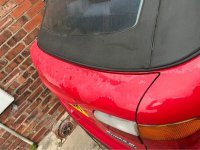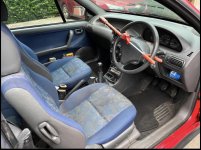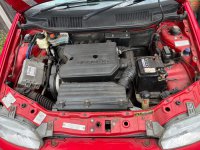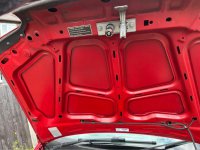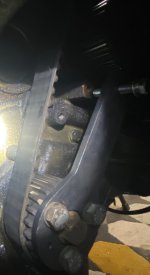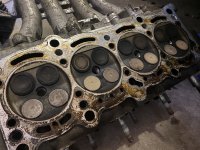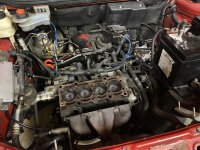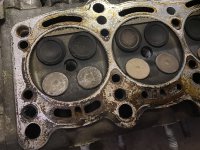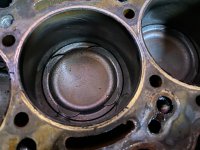Introduction
Project page for my 1998 Punto Cabrio Restoration project. This car was aquired in October 2023, with no service history and in a pretty poor state, however they are becoming extremely rare now in the UK, just a dozen or so of the 1.2 16v models left on the road and about 30 or so cabrios in total.
Pictures are from the forsale add and ones the previous owner sent me before I got it.
Pictures are from the forsale add and ones the previous owner sent me before I got it.








